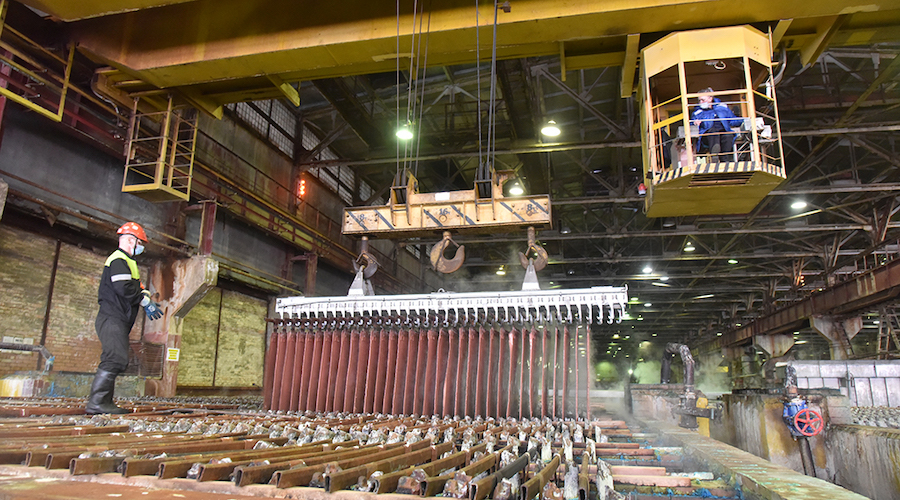Chicago startup pioneers electric motors free of rare earth metals

Chicago startup HEVT (Hybrid Electric Vehicle Technologies) is on the brink of commercializing a new type of electric motor which unlike its conventional predecessors does not require the usage of rare earth metals.
Gigaom reports that the HEVT, which recently won $250,000 of seed capital in the national Cleantech competition, hopes to debut the new motors on the market via electric bicycles.
The company has already received orders and letters of intent from potential customers for around 7,000 electric motors, and hopes to scale up production soon with the assistance of early bird clients.
HEVT’s new motors are high-performance “switched reluctance” models which resolve the noise and vibration issues that have previously impeded commercialization. The switched reluctance motors do not require rare earth elements for production as do standard induction and magnet motors.
Access to rare earth supplies has become a critical political issue of late, as China currently controls 95% of global production and has shown itself inclined to curb export volumes during disputes with economic rivals.
{{ commodity.name }}
{{ post.title }}
{{ post.date }}

2 Comments
Xi Su
Lower efficiency than permanent magnet synchronous, coupled with the lack of ability to act as a generator (eg regenerative braking in transport applications) makes the switched reluctance motor a complete non-starter in the majority of applications.
Power density (eg watts/kg) is lower too compared to PMS.
It can be a replacement for asynchronous induction motors in some applications – with similar performance – but the electronics to drive this design will be more complicated (and therefor expensive) than that for a bog-standard three phase asynchronous design.
I can’t think of real world market for this development -given the drawbacks, and pre-existing solutions.
Better to concentrate on developing rare earth production and/or the use of other magnetic materials in PMS motors.
John Morehead
The rare earth-free motor movement seems to be picking up speed, but there’s a fair amount of misunderstanding about how the motor industry works and how the various new technologies may or may not work their way into it. On my Motion Control and Electric Motor Blog I’ve done some recent stories on switched reluctance motors and HEVT, as well as others on the Dysprosium innovation that may reduce that element 40% in the new Nissan Leaf motor.